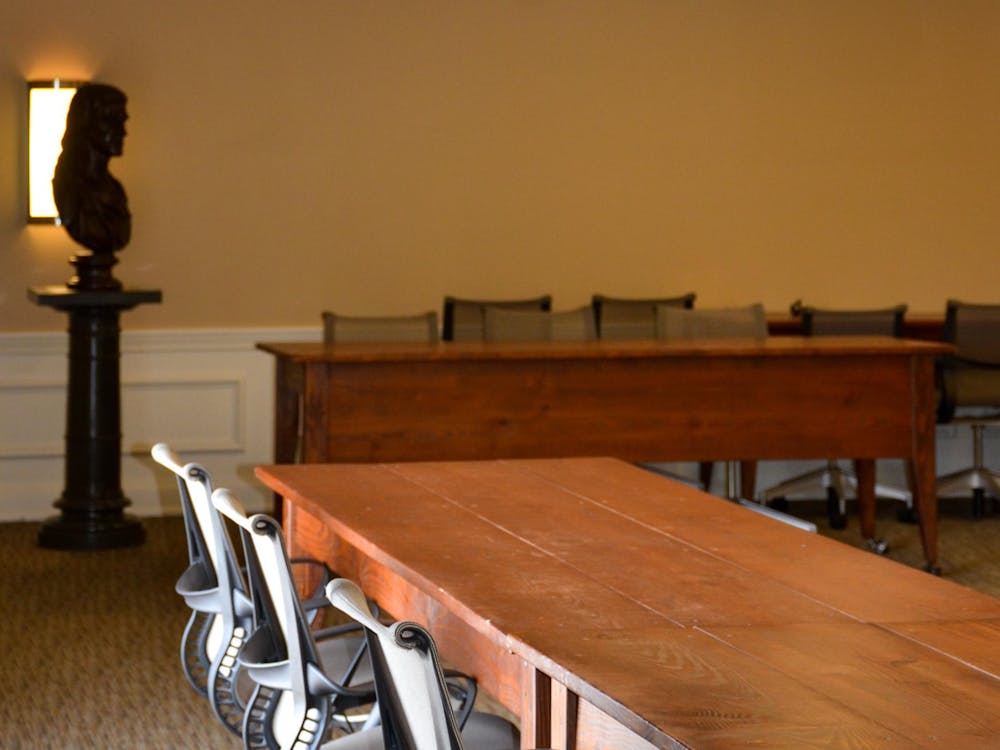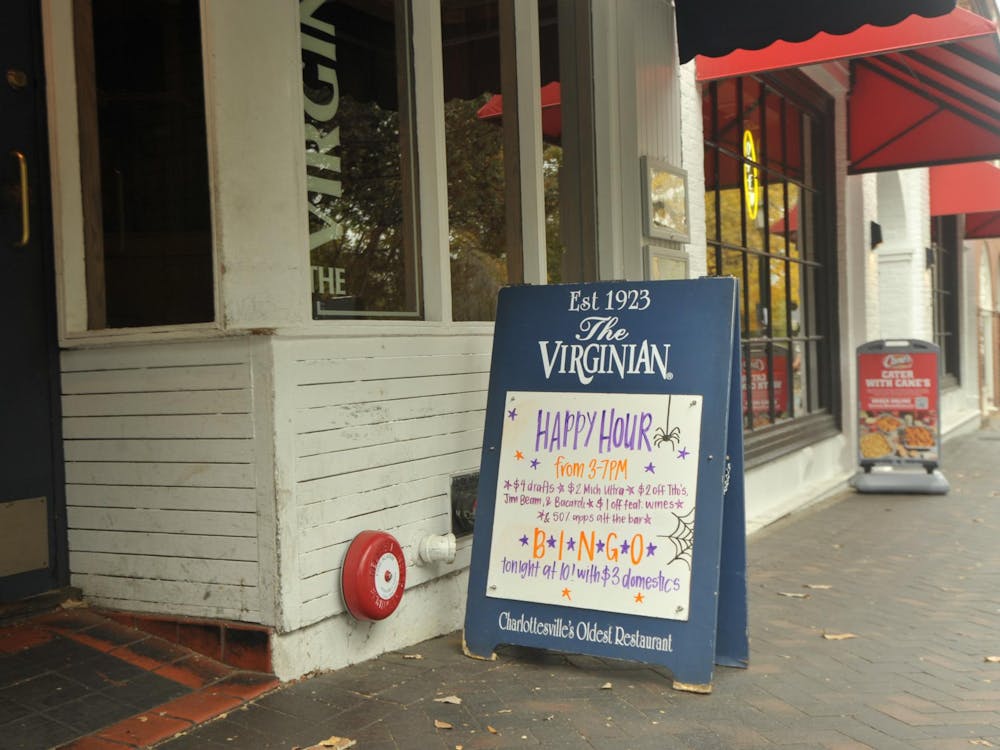University students can expect an increase of on-Grounds housing in future years now that plans for completely reconstructing the Alderman Road dormitories are underway.
Though the Board of Visitors must approve the construction project in May, Richard Kovatch, associate vice president for business operations, said it is possible that construction for the project could begin within the next year. Kovatch estimated that within the next 12 to 15 years, more upperclassman undergraduate housing, such as additional themed housing and upperclassman apartments, would appear on Grounds.
The Alderman Road Replacement Project will increase the number of beds in the residence area from about 1400 to 1800, but this number will be dictated by future enrollment, Kovatch said.
If approved in May, the project will tear down and rebuild 11 of the 13 dormitories, with the exception of Cauthen and Woody. The immediate plans for the project call for the construction of two facilities with about 250 beds to ensure housing for first years once the destruction of the new dorms begins. Within the next year, the University plans to hire consultants and architects, and construction hopefully will begin within the next 12 to 24 months, Kovatch said.
Plans for additional housing units, however, are not limited to Alderman Road, said Leonard Sandridge, University executive vice president and chief operating officer. The University has considered building residence areas on Ivy Road in front of the new parking garage as well as adding units to Hereford College.
Currently, the University houses about 50 percent of the undergraduate population on-Grounds.
"The University wants to maintain this percentage," Kovatch said.
Upperclassman housing units hold about 50 percent of second years, about 30 percent of third years and less than 20 percent of fourth years.
Sandridge said there is a greater demand for on-Grounds housing because enrollment has increased. He said he expects this growth to continue in the future.
"Over the past decade, there has not been a year when we would not have been able to accommodate a student," he said.
While demand for housing has remained constant in proportion to student enrollment, the International Residence College has experienced a significant increase in the number of applications, IRC Principal Brad Brown said. The IRC, a themed-housing area on Emmet Street, housed mainly transfer students in its first year in 2002. In the following years, the IRC either accommodated all its applicants or had a small waiting list. This year, however, the waiting list has grown extensively, Brown said.
Brown attributed the increase in interested students to the community that the IRC fosters among its residents. Opportunities such as field trips and group cooking are unique to the IRC experience, he said.
Kovatch said there are "significant limitations" in constructing additional residence areas, namely the fact that the University's housing division is responsible for raising all funds for additional housing.
Kovatch said factors such as enrollment, availability, price of off-Grounds housing and the Housing Division's capability to raise funds will be important determinants in assessing the need for future on-Grounds housing.






